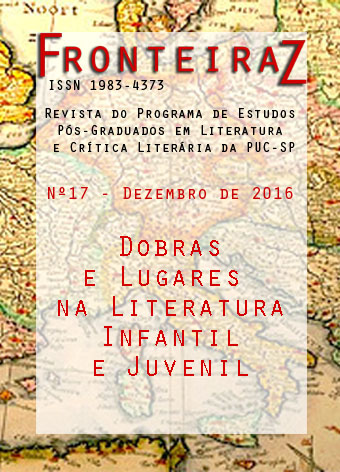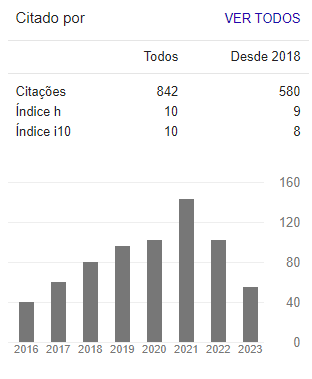Entre o artista e o artesão
Palavras-chave:
Mário de Andrade, Folclore, Artesanato, Nacionalização musicalResumo
A nacionalização musical proposta pelo modernismo brasileiro por meio da apropriação erudita de elementos do cancioneiro popular e do folclore implica a identificação com uma musicalidade nacional e subentende a construção de um sentido e de um sentimento nacional no interior de uma arte caracterizada, segundo uma concepção kantiana, pelo desinteresse e pela ininteligibilidade. Objetivamos compreender as implicações do conceito de estesia no nacionalismo musical marioandradino. Em Andrade, a estesia recupera a etimologia de “aisthesis” contra a sua subordinação ao modelo da representação e da contemplação, evidenciando a sensibilidade e, por conseguinte, o corpo. Como recusa da representação e da contemplação, a estesia designa uma reconciliação da arte com a vida, revelando, ao fim, um interesse eminentemente social. Ao propor um senso de comunidade, Andrade contraria tanto a ontologia nacional sustentada em teorias raciais positivistas quanto o nacionalismo oficial do Estado Novo.







 Este obra está licenciada com uma Licença
Este obra está licenciada com uma Licença 